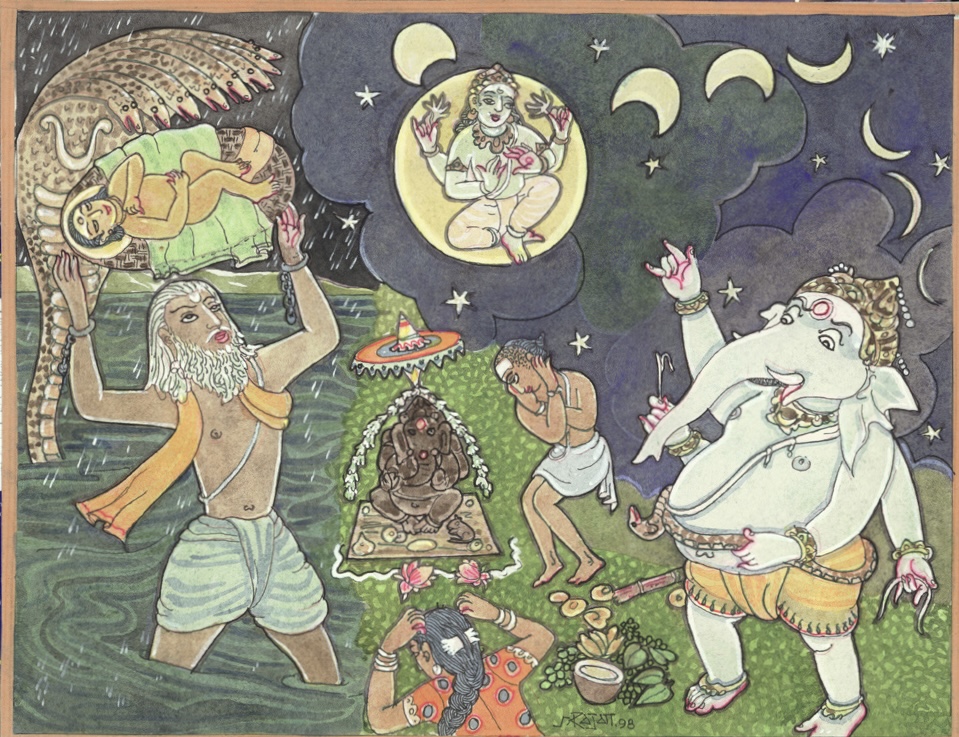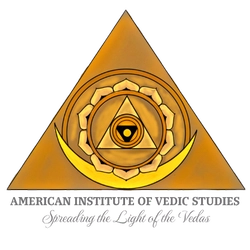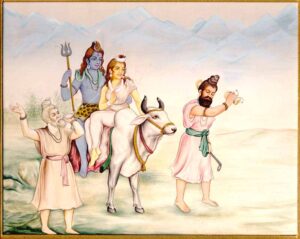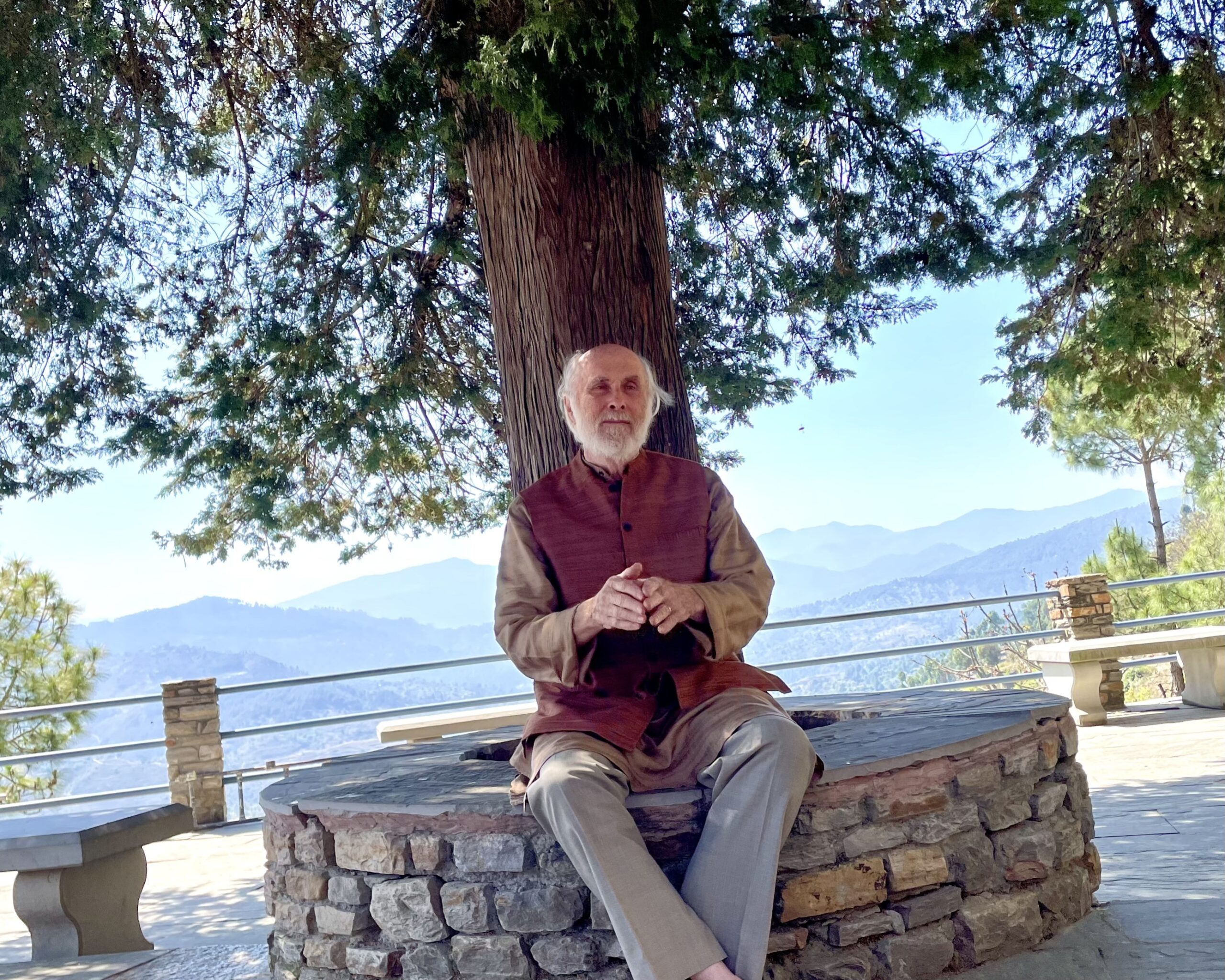Which aspects of our nature are emotions rooted in and how can we best understand them?
Emotions are most connected to Prana in yogic thought and have their roots in pranamaya kosha, the Pranic sheath that mediates between body and mind.

Emotions are based in instincts, notably hunger, thirst, survival and reproduction, which are inherent in the physical body (annamaya kosha) down to a cellular level. These are the basis of our primary fears and desires.
Emotions, Prana and the Ego
Yet emotions also function at personal and social level, extending to instinctual reactions to our self-expression, including how we use our sense and motor organs and the very functioning of the ego.
Emotions occur at a mental level, coloring how our mind works. Emotions rooted in prana shape and dominate the mind, which promotes our emotions with its intelligence. In fact, the mind works more to serve emotions than to question them. This is like how anger makes us plot against our enemies, and rarely works to have us question why we are angry and if it is appropriate.
Emotions and Social Behavior
Emotions in the mind (manomaya kosha) are connected to social impulses and social imperatives, which are additional outcomes of bodily compulsions to sustain our physical life and identity. Both bodily and mental emotions are based upon protecting the embodied self or ego, one at a more physical level and other at a more social level.
We human beings are first of all social beings. We require socially based physical and emotional support to prosper. It takes twenty years of education and care by parents and society for us to grow up and function on our own. Our language and communication is collectively based, as are our jobs and identity in the outer world, which is not defined so much by our physical condition as by our social status. Social bonding is the most powerful of our emotional concerns extending to community identity, religious and political affiliation.
Our social urges develop out of of instincts and emotions, not an intellectually or consciously planned behavioral pattern. Our social order is dominated by sexuality, though its forms vary, and most social orders are built upon the family. Individuals who possess more wealth and property gain a greater social prominence and recognition as name and fame gives personal power on many levels.
Why the Mind Cannot Control Emotions
Why can’t the mind easily control emotions we commonly experience?
Emotions as instinctual and prana-based have a biological force that circumvents the rationality of the mind. Like hunger and thirst, we cannot argue with emotions from a purely logical point of view. Emotions reflect our need to survive and protect ourselves as our prime imperative as embodied creatures.
That is why if we challenge a person’s ego they automatically and uncritically defend themselves. The ego or I am the body identity is more a pranic reaction than it is a conscious self or aware individual. This ego instinct and emotion is the root of all other instincts and emotions, as it is the basis of our embodied existence. Yet it keeps our awareness limited unless we learn how to transcend it.
The ego itself is an emotional instinct designed to protect the embodied self at physical and social levels.
The ordinary human being of body, life and mind (annamaya kosha, pranamaya kosha and manomaya kosha) experiences these three as linked together. Even the mind is basically an outcome of vital, physical and social urges, not any inner awareness.
Emotions, Pranayama, Yoga and Ayurveda
What does this correlation of prana and emotions mean in terms of Yoga and Ayurveda?
First it means that we can practice pranayama to control our emotions. The breath serves to hold the prana in the body. Calming the breath will calm your emotions, which arise as pranic disturbances connected to the breath.
In addition, the breath serves to hold, express or modify emotions. Note how emotions like fear or anger affect your breathing patterns. Fear paralyzes you, makes you hold your breath superficially, and causes apana vayu and its downward urges to increase, making you contract and hide. Anger energizes you and makes you breathe more strongly to defend yourself or attack your enemies. It causes vyana vyana to expand outwardly and udana vayu, which governs speech, to be more forceful.
By calming the emotions, pranayama can purify the mind, as emotions are the main factors of mental turbulence. Traditional Hatha Yoga uses prana to control the mind, while traditional Raja Yoga uses the mind to control prana. Given the biological power of prana, it is usually easier to use the prana to control the mind until the power of mind and concentration is developed. But this requires energizing our breath with a higher awareness, not simply projecting emotional agitation through the breath, which will have a further disturbing effect.
We can release negative emotions on exhalation if we wish to let go of them.
Are there higher emotions that we should develop to counter lower emotions? There are higher feelings like love, devotion, compassion and fearlessness. These reflect conscious awareness, not simply instincts or emotional reactions. Higher feelings are rooted in a deeper unitary prana that is connected to our spiritual aspirations and to the universe as a whole. Such deeper feelings help us transform emotions. They are part of the Ishvara pranidhana or surrender to the Divine within of Raja Yoga and Bhakti Yoga.
We can use pranayama to balance the pranic duality and attractions and repulsions behind all emotional variability. This is easiest done with alternate nostril breathing (nadi shodhana), enhanced by mantra yoga (soham hamsa), to balance the prana.
Another way is to continuously observe the breath from a detached and focused awareness. Detachment from the breath naturally allows it to deepen and integrate.
Meditation, Observation and Emotion
Concentration and meditation (dharana and dhyana) help us control and transcend emotions. Emotions are rooted in the dualities of attraction and repulsion, like and dislike, love and hate. When we learn to make the mind one-pointed (ekagra chitta) we take it beyond this duality of externally directed emotions, and draw it within. There are special shanti mantras and sadhanas for this purpose.
One should observe emotions from a detached and focused awareness. You are not fear or anger. These are forces of nature rooted in biological imperatives that take over your awareness when you lose your inner composure. Once you begin to observe an emotion, it immediately begins to subside. Without an ego identification with the emotion it cannot continue. Meanwhile positive feelings like devotion come forth of their own accord from the state of inner detachment.
Meditation calms and focuses the mind so there is no place for disturbed emotions to arise. On the contrary, devotion, compassion and higher aspirations naturally arise through the meditative state. Yet to truly meditate we must be willing to let negative emotions go by affirming our unity with all.
Once you realize that your true identity is in pure consciousness, not in body or mind, your emotions naturally get resolved into peace and bliss, Shanti and Ananda. This requires developing a higher intelligence (vijnanamaya kosha) and deeper composure and contentment (anandamaya kosha). Then we can understand our true Self that is not under any physical, emotion, mental or social compulsions, but is all-pervasive like space and one with the whole of life.
Vamadeva Shastri







